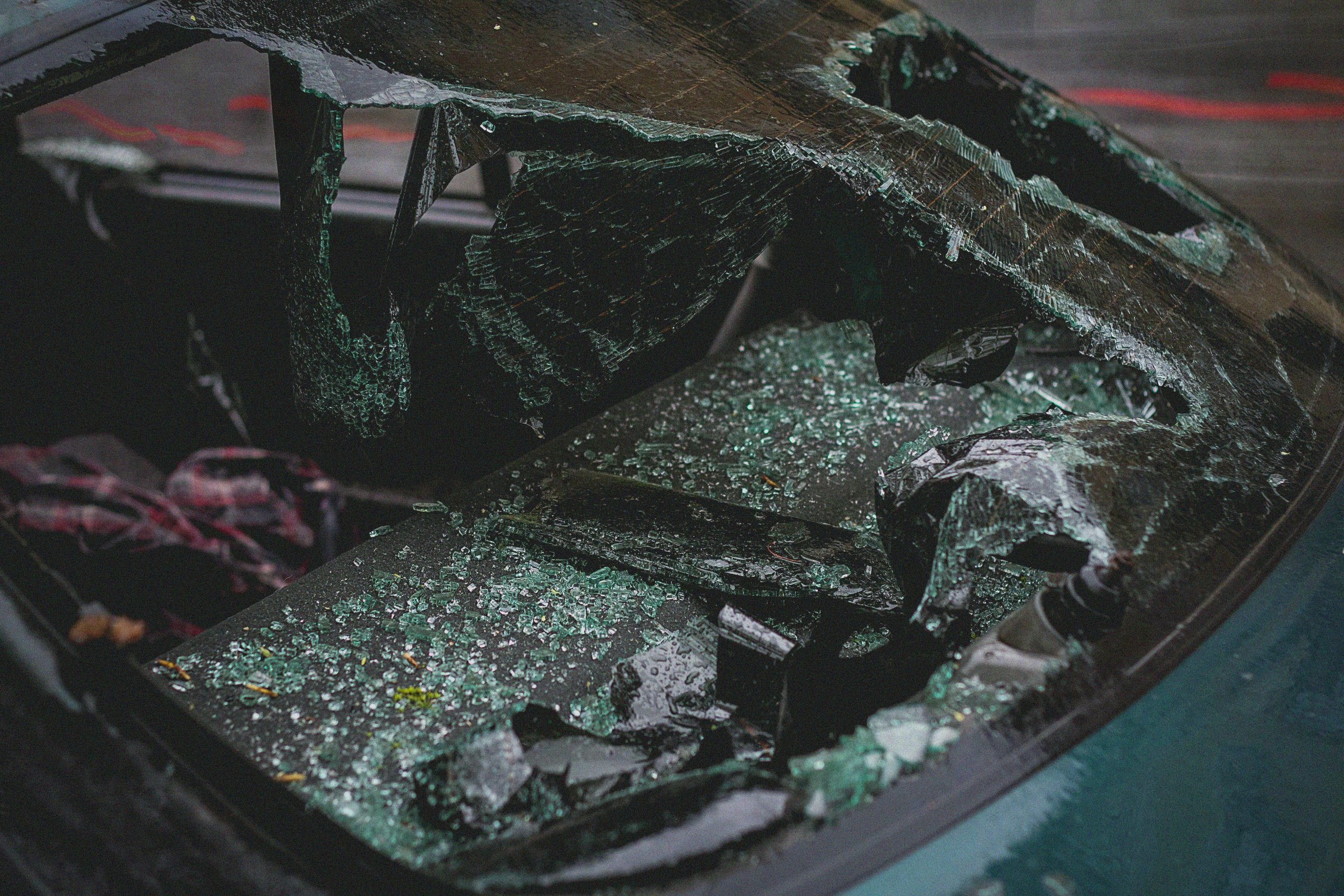Getting into a car accident is stressful, but knowing how to file a car insurance claim properly can make the process smoother and increase your chances of a successful payout. Whether it’s a minor fender bender or a major collision, understanding the steps involved ensures you handle the situation efficiently. This step-by-step guide will walk you through the entire process, from gathering information at the scene to following up with your insurer.
1. Assess the Situation and Ensure Safety
Before filing a claim, your immediate priority should be safety. Here’s what to do right after an accident:
- Check for injuries: Call 911 immediately if anyone is hurt.
- Move to a safe location: If possible, move your vehicle out of traffic to avoid further accidents.
- Turn on hazard lights: Alert other drivers to the situation.
Once everyone is safe, document the scene. Take photos of the damage, the surrounding area, and any visible injuries. This evidence will be crucial when filing your claim.
2. Gather Necessary Information
Collecting the right details at the scene will streamline your claim process. Be sure to get:
- Driver and passenger details: Names, contact information, and insurance details of all involved parties.
- Witness statements: If there are bystanders, ask for their contact information.
- Police report: If law enforcement responds, obtain the officer’s name and badge number, and request a copy of the report.
- Vehicle details: Make, model, year, and license plate numbers of all vehicles involved.
If the other driver is at fault but refuses to provide insurance details, don’t argue—simply note their license plate number and report it to the police and your insurer.
3. Contact Your Insurance Company
Once you’ve secured the scene and gathered information, notify your insurer as soon as possible. Most companies have a 24/7 claims hotline. When calling:
- Be prepared with details: Provide the accident date, time, location, and a brief description of what happened.
- Ask about next steps: Your insurer will guide you on required documentation, such as photos, police reports, or medical records.
- Understand your coverage: Clarify what your policy includes (e.g., collision, comprehensive, or liability coverage) and any deductibles.
If you’re unsure whether to file a claim—such as in minor accidents—ask your insurer about potential impacts on your premium before proceeding.
4. Work with an Adjuster and Get Repairs
After filing the claim, your insurer will assign an adjuster to assess the damage. Here’s what to expect:
- Vehicle inspection: The adjuster may inspect your car in person or request photos/videos.
- Repair estimates: Your insurer might recommend approved repair shops, but you can choose your own.
- Rental car coverage: If your policy includes rental reimbursement, ask about eligibility while your car is being repaired.
Keep all receipts and repair invoices. If disputes arise over repair costs, you may need to negotiate with the adjuster or seek a second opinion.
5. Follow Up and Close the Claim
Once repairs are complete and all paperwork is submitted, follow up to ensure your claim is processed:
- Review the settlement offer: Ensure it covers all damages and aligns with your policy terms.
- Ask questions: If anything is unclear, request clarification from your insurer.
- Keep records: Save all correspondence, claim numbers, and documents for future reference.
If you’re dissatisfied with the outcome, you may appeal the decision or contact your state’s insurance regulator for assistance.
Conclusion
Filing a car insurance claim doesn’t have to be overwhelming if you follow these steps. Prioritize safety, document everything, communicate clearly with your insurer, and stay organized throughout the process. By being proactive and informed, you can maximize your claim’s success and get back on the road with minimal hassle. Remember, your insurance company is there to help—don’t hesitate to ask questions and advocate for a fair resolution.
